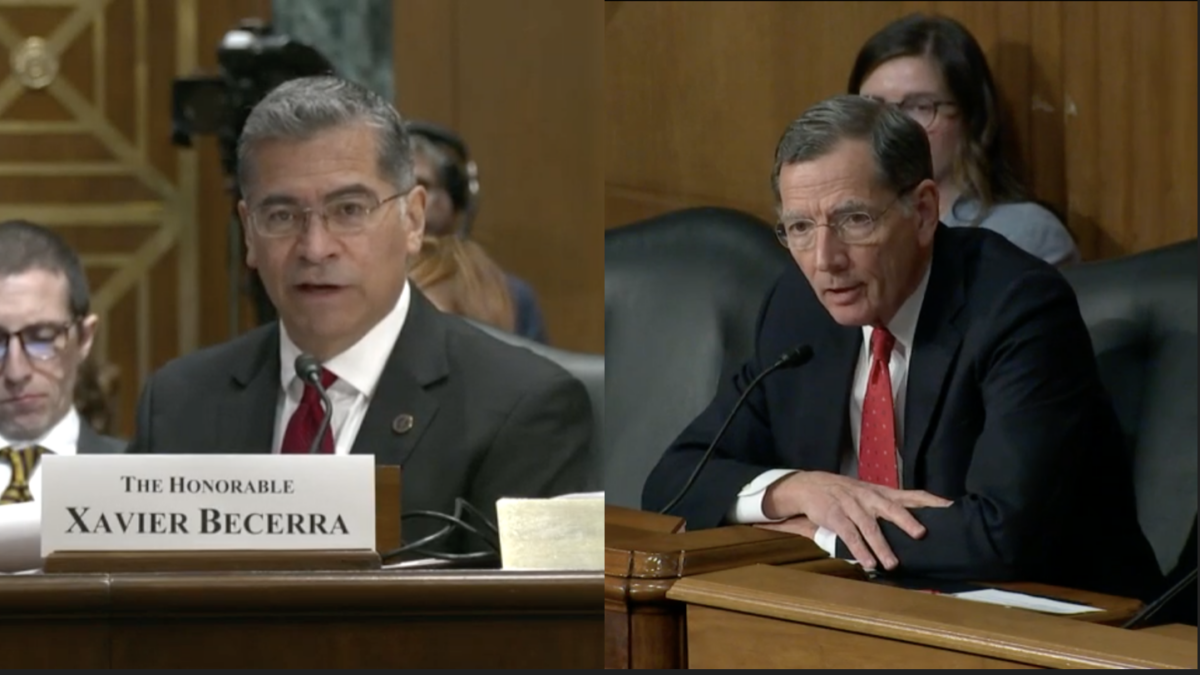
Central America is effectively becoming a zone of failed states. The border between the rural Mexican state of Chiapas and Guatemala is a veritable no man’s land where most migrants cross into Mexico from Central America. It is here where dangerous, insurgent criminal networks like MS-13 operate and prey upon migrants hoping to eventually make their way into the United States.
Washington has spent hundreds of millions of dollars in aid to what’s left of the hollowed-out governments of Guatemala, Honduras, and El Salvador, with no plans to stop soon. The problem is that no dollar amount in outside aid is going to prove effective. In fact, sending outside aid is more like throwing gasoline on a raging fire.
According to U.S. government data, aid in 2019 will reach $69.4 million for Guatemala, $65.8 million for Honduras, and $45.7 million for El Salvador. But just as aid to Afghanistan and impoverished countries in the Horn of Africa have failed, elites aligned with criminal, violent sub-state insurgents and tribal networks absorb and redistribute a disproportionate amount of the massive outside cash infusions.
What’s worse is that non-state organizations operate not just from Mexico and Central America, but also maintain global operations outside the Western hemisphere. Cartels and other insurgent-gang networks are also known to do business with international arms dealers and transnational terrorist organizations, including Middle Eastern groups like Hezbollah, who have their own nefarious presences throughout the Americas. If the caravan breaks through, you can bet these groups are watching, learning, and will evolve their tactics and infiltration procedures accordingly.
Clearly, when sovereign territories and institutions are co-opted by non-state actors, threats to American geopolitical and security interests evolve and multiply in unpredictable, outrageous, and deadly serious ways. The oxygen that feeds these growing threats is ungoverned territory coupled with corrupt elites and ineffective American aid policies in the functionally failed states. As natives of Arizona who come from families who immigrated legally to this land, we know firsthand how chaos far away can eventually find its way closer to home.
What Could Help? A Private Army, For Starters
So what can be done? We recommend two outside-the-box policy prescriptions.
First, it is time for the Trump administration to consider former Blackwater head Erik Prince’s proposed plan for creating a private army. The Pentagon earlier rejected Prince’s plan for a private army in Afghanistan. But if such a force is deployed into Guatemala, it could work. As of this writing, the 3,000-person caravan currently headed for the United States by way of Guatemala has “broken down gates at a border crossing [near Mexico] and [are] streaming toward a bridge to Mexico,” according to the Associated Press.
No policymaker in his or her right mind can logically expect Mexico to sustain the necessary presence and deterrence on its border with Central America over an extended period of time. But an “active” and sustainable forward security presence inside Guatemala can arguably be achieved by having a select group of highly trained former U.S. special forces officers training an elite and well-paid group of fighters in Guatemala to secure the border.
This would mean jobs for Guatemalans, peace of mind for Mexico, stability in Central America, and a net benefit for U.S. national security interests in the long term, all at a fraction of the sunk cost of the hundreds of millions that have already been wasted in foreign aid. In other words, a doctrine of bottom-up counterinsurgency rather than bulky Foggy Bottom “free money” is more likely to succeed in an arena where failed states have no incentive to improve the conditions that drive the people to mass exodus.
Cutting Off Major Funding Sources Might Do The Trick
Second, the United States should threaten to tax remittances as a means to get the leaders of these countries to take action. Honduras received $4.3 billion in remittances from their citizens who have made it to the United States and send money back home, according to the World Bank. That’s nearly 19 percent of its total gross domestic product—an astonishing figure. In El Salvador, remittances are around 20 percent of their GDP, and in Guatemala it’s 11 percent.
That’s why the leadership of these countries have no incentives to stop the mass exodus—it relieves them from having to make the fundamental reforms necessary to make their economies viable. If President Trump really wanted to change the game, he could have the Treasury Department impose a tax or even threaten to block all financial wires from the United States to Central America. Threatening 10 to 20 percent of a country’s GDP would certainly get the attention of their leadership.
“We go north, because the reality is there’s no hope for growth in my country,” one would-be Central American migrant told PBS recently. There is no question that the exodus of men, women, and children who have nothing to lose is worthy of our empathy. But more sinister forces profit from their misery and are thus incentivized to continue to ensure that the failed states of Central America remain just that—failures. A drastic change in policy would be the humanitarian and ultimately strategic thing to do.









